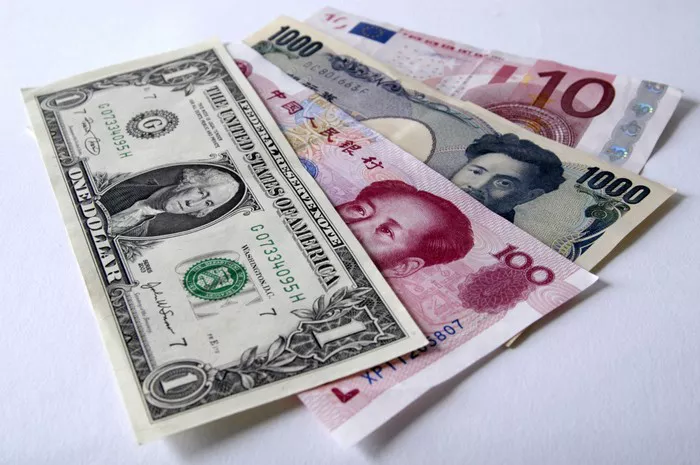China is ramping up its efforts to stabilize the beleaguered yuan by issuing a record volume of central bank bills in Hong Kong, a move aimed at tightening liquidity and curbing speculative pressures on the currency.
The People’s Bank of China (PBOC) plans to auction 60 billion yuan ($8.2 billion) worth of six-month bills in Hong Kong on January 15, according to the Hong Kong Monetary Authority. The issuance is the largest since the PBOC began regular bill auctions in Hong Kong in 2018, Bloomberg data indicates.
Aiming to Bolster Yuan Stability
This measure is expected to reduce the yuan’s availability in offshore markets, increase its funding costs, and make it more expensive for traders to short the currency. The yuan has faced mounting pressure in recent months due to concerns over China’s slowing economy and potential tariff hikes from the United States.
To counteract these pressures, the PBOC has been actively supporting the currency through stronger daily fixings and promises to prevent excessive exchange rate fluctuations.
Christopher Wong, a strategist at Oversea-Chinese Banking Corp., noted that policymakers might escalate liquidity-tightening measures if necessary. “At this point, the combination of fixing pattern and offshore funding squeeze is intended to guide for a stable yuan,” Wong explained.
Liquidity Tightening in Action
The increased bill issuance mirrors tactics the PBOC has used in the past, most recently in 2023. Beyond immediate stabilization efforts, expanding yuan-denominated assets in Hong Kong aligns with Beijing’s long-term goal of internationalizing its currency.
Earlier this week, concerns about tighter liquidity drove borrowing costs for the yuan in Hong Kong to multi-year highs. The offshore yuan’s overnight Hong Kong Interbank Offered Rate (Hibor) surged to 8.1% on Tuesday, its highest level since June 2021, before easing over subsequent sessions.
Managing Sentiment and Capital Flows
Since Donald Trump’s election victory in November, the PBOC has consistently leveraged its daily reference rate to buoy market sentiment. On Thursday, it set the so-called fixing—allowing the currency to trade within a 2% band of the rate—at a level significantly stronger than market forecasts.
Beijing’s firm stance is driven by concerns that disorderly capital outflows could trigger a broader panic, destabilizing yuan-denominated assets and further derailing China’s sluggish economic recovery.
Related topics:
USD/INR Continues Uptrend Amid Rising Demand for US Dollar
Dai-ichi Life Faces ¥140 Billion Loss on Bond Sales Amid Rising Interest Rate Expectations
Geely Aims for 79% Growth, Eyes 5 Million Annual Vehicle Sales by 2027


